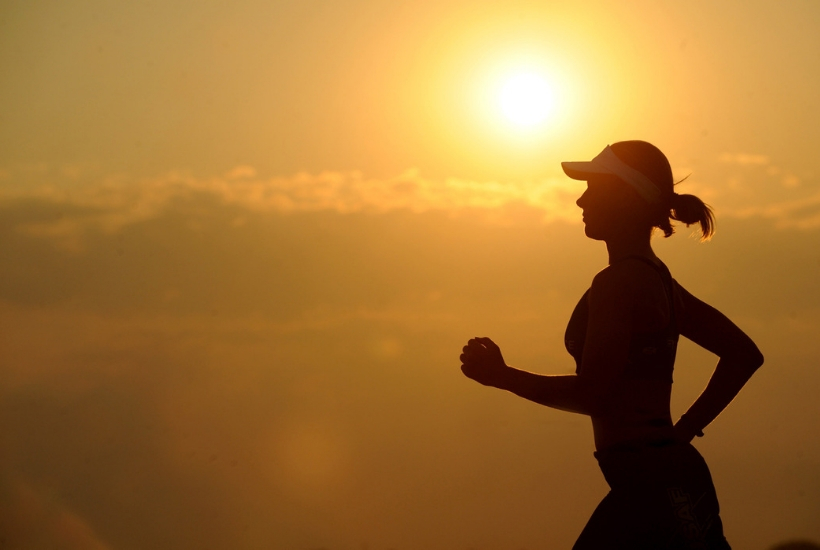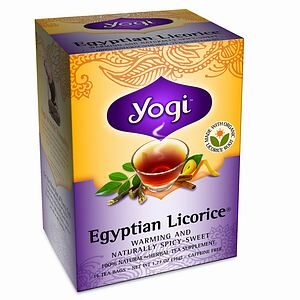Is exercise good or not for fertility ?

We’ve all been continuously told that exercise is good for us – good for our heart, our muscles, our strength, and our health and overall well-being. We’ve also been told that it’s good for our fertility.
But it is possible to get too much of a good thing?
May is National Physical Fitness and Sports Month in the United States. Designated by President Reagan’s Council on Fitness in 1983, this month serves to promote healthy lifestyles among Americans and improve our quality of life.
Believe it or not, there are times when exercise could actually harm your fertility. With the spotlight on physical fitness this month, it’s a great time to check out how exercise benefits fertility, and also when it could be detrimental.
WE NEED EXERCISE
There are no two ways about it. Regular exercise keeps us healthy. Without it, our health will suffer on many levels.
First and foremost, regular exercise helps us keep our weight in check. When we move our bodies more, we burn calories more quickly. Studies show that just an excess of 500 calories not burned a day translates into a 1-pound weight gain a week (hello, that’s 52 POUNDS A YEAR!). The average person can burn 500 calories a day with a 30-minute bike ride. When we’re overweight, we’re at higher risk for heart disease, Type 2 diabetes, high blood pressure, so it’s not a great place to be, and one that’s good to avoid if possible.
Studies have also shown that if you’re overweight, your hormone balance (and therefore ovulation) is compromised, and that just losing 5% of our body weight helps your chances of conceiving. So while it’s a good idea for everyone to keep to a healthy weight, it’s especially important when on a fertility journey.
Regular exercise also helps us build endurance, which keeps our energy up. It also releases endorphins which improve our mood, which is why we usually feel good when exercising (or, when we’re done!). Moreover, for women, exercise keeps our bone density up which lowers our risk for developing osteoporosis or osteopenia in middle age.
No matter how you slice it, we need exercise to be healthy and at optimal fertility.
TOO MUCH EXERCISE CAN BE HARMFUL
So if exercise is essential for health, how can it be harmful? Sounds counterintuitive.
First, there’s the obvious. During exercise, you could injure yourself, which could have short- or long-term implications for your bones, joints, muscles or ligaments. Therefore, it’s important to always be careful when exercising to make sure you’re doing it properly and in a way that’s appropriate for your body.
More important for fertility, however, is that a rigorous exercise schedule can put a lot of stress on your body, and have an impact on your hormone balance, including suppressing the production of luteinizing hormone, which is the hormone that triggers ovulation.
I’ve said it time and again, the female menstrual cycle is a dance of hormones. One wrong step in that dance can skew your entire hormonal balance, and therefore your ovulation.
Probably the easiest example of this are the Olympic gymnasts. I’m always in awe when I watch the Olympics very four years, and see girls as young as 14 twisting, flipping, and soaring through the air, landing on their feet again. It’s incredible the things that they can do with their bodies.
However, when you look at those same girls as young women, many of them still look (and speak) like little girls. They’re tiny, flat-chested, and many of them report irregular menstrual cycles (suggesting irregular or absent ovulation).
I don’t mean to single out the gymnasts. Dancers, figure skaters and long distance runners can suffer from health issues caused by overtraining as well.
I’m a former marathon runner – and I hope I have another marathon in me again someday – but there’s a time and a place for everything, and while you’re trying to conceive a baby is not the time to engage in such rigorous exercise.
TIPS FOR EXERCISING FOR OPTIMAL FERTILITY
The key to making exercise work for you while on a fertility journey is to findbalance – balance in how often you exercise, the duration of your workouts, the type of exercise you do and when. Here are some tips:
- Aim for steady, consistent exercise. Experts recommend working out 5 times a week for 30 minutes at a time, for a total of 150 minutes (2 ½ hours) a week.
- Moderate intensity is best. You want to get your heart rate up to work the muscle but not to overdo it. Walking, light jogging or bike riding, yoga, Pilates are all great.
- Incorporate a combination of different types of exercise. A balanced exercise plan incorporates strength, endurance and flexibility. Make sure you have weight training, cardio and stretching sprinkled throughout your exercise regimen during the week.
- Exercise for where you are in your menstrual cycle.You might have never thought of this, but your body responds to exercise differently throughout your menstrual cycle. Not only can exercise help you with PMS, cramps and bloating, but doing the right type of exercise for where you are in your cycle really helps. Hit the gym but be gentler during menstruation; take advantage of the heightened energy of the follicular phase by doing higher-impact exercise and strength training; continue with higher energy exercise during ovulation; and be gentler with yourself during the luteal phase.
- Always tune in with yourself and tailor your exercise to where you are. Don’t try to push yourself if you’re not feeling 100%. Our relationship with exercise and fitness is a long-term one and there will always be another day to do more. Always honor where you are on any given day.
Have a beautiful month of physical fitness.
Love,
Steph



I have read your blog and you explain its so nicely. This is the best blog about healthcare. Thank you so much.